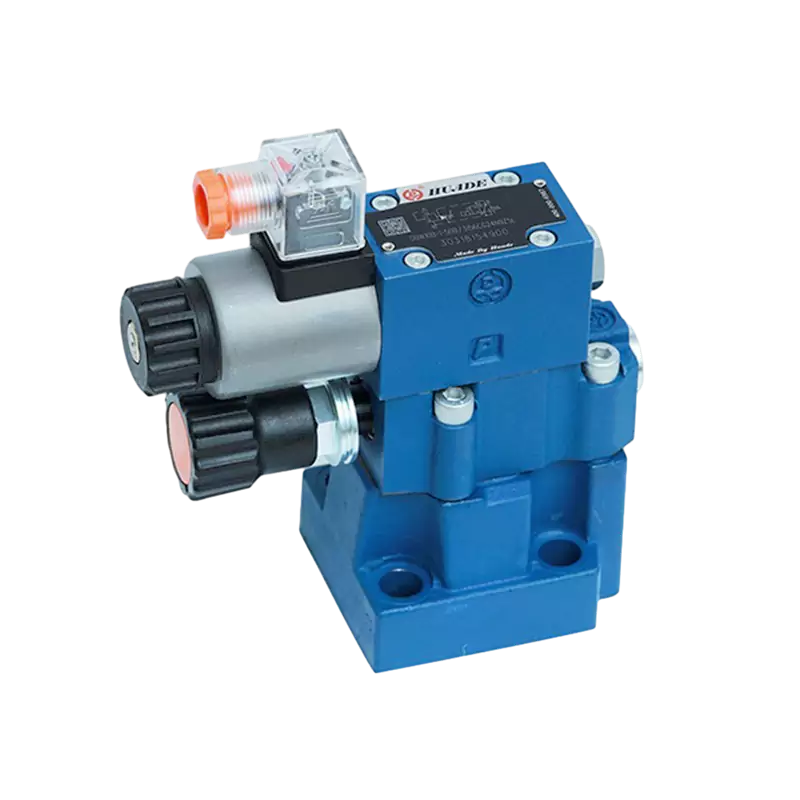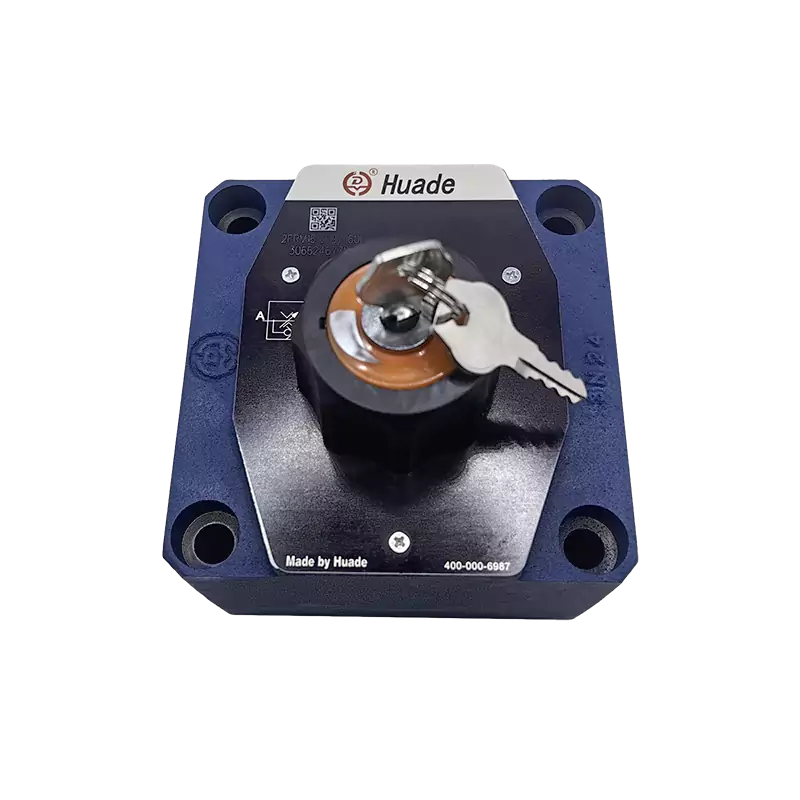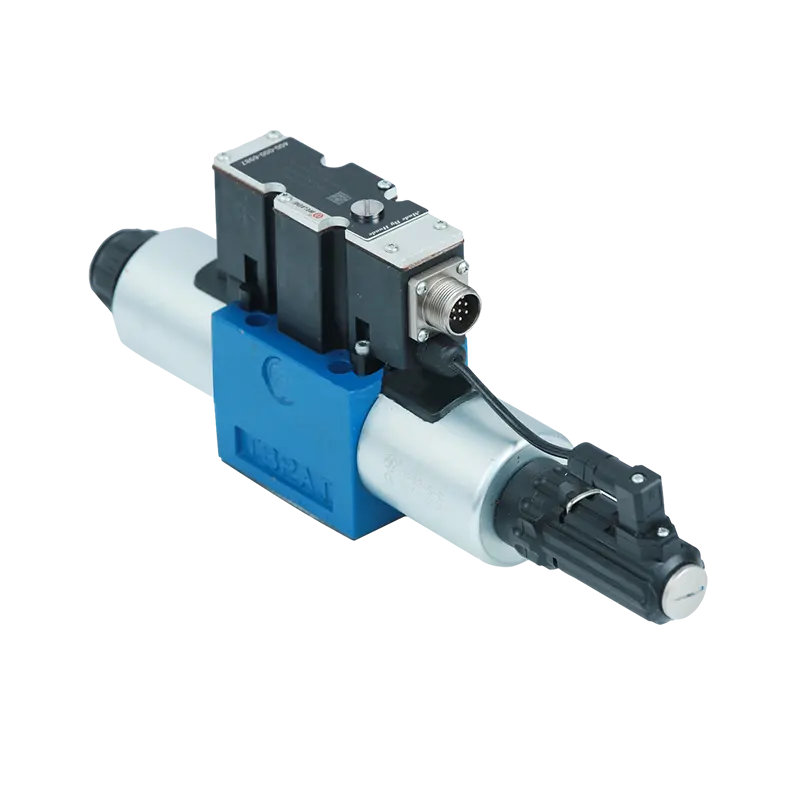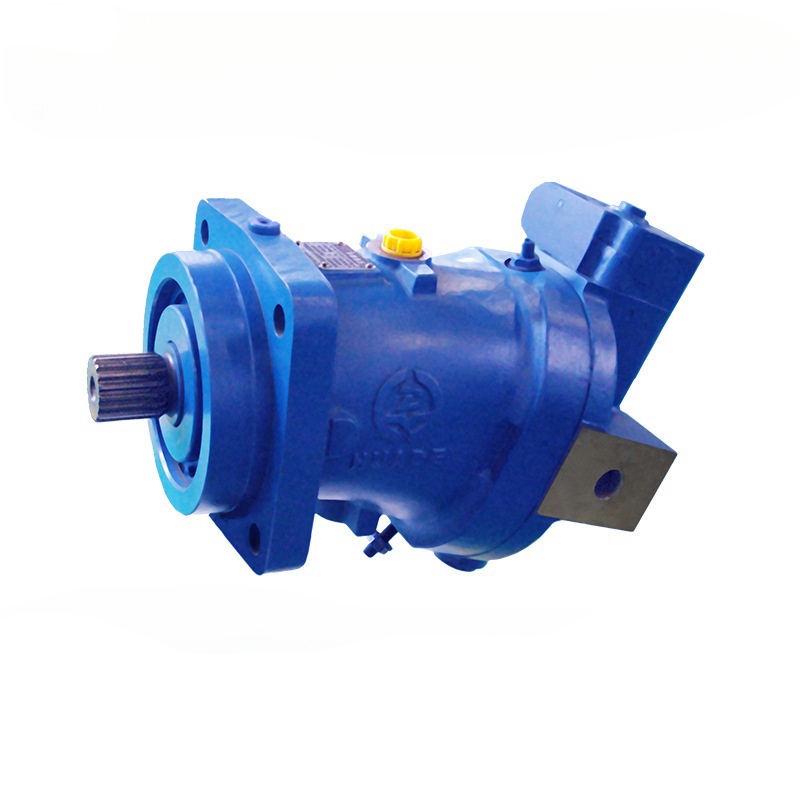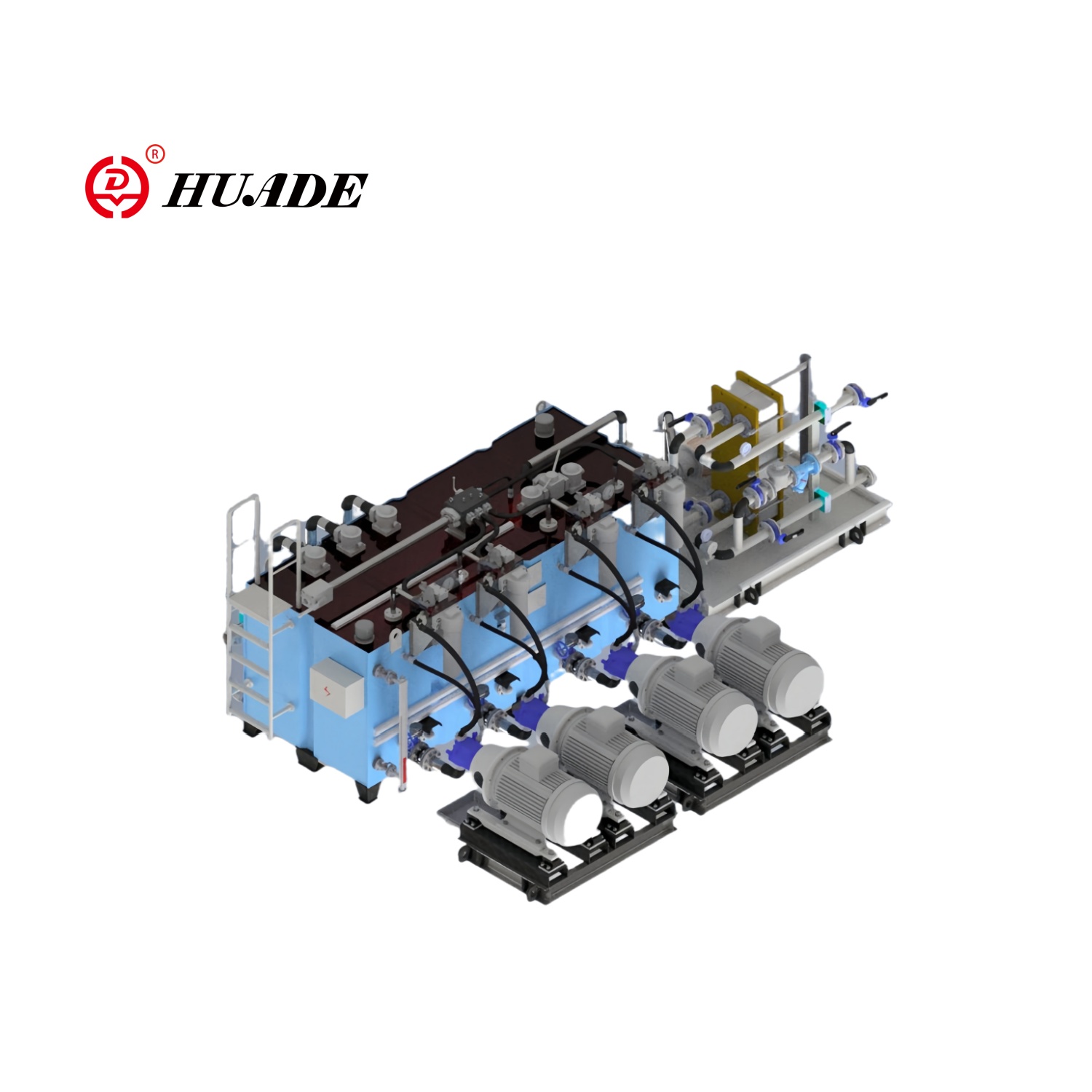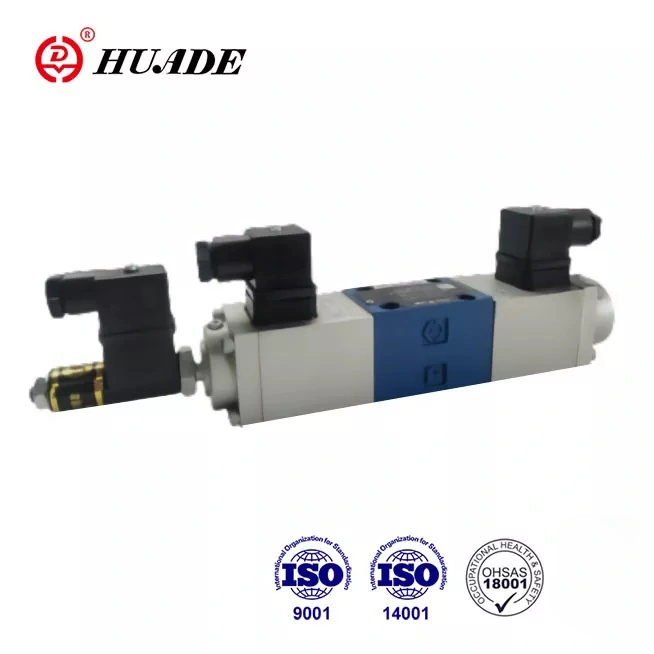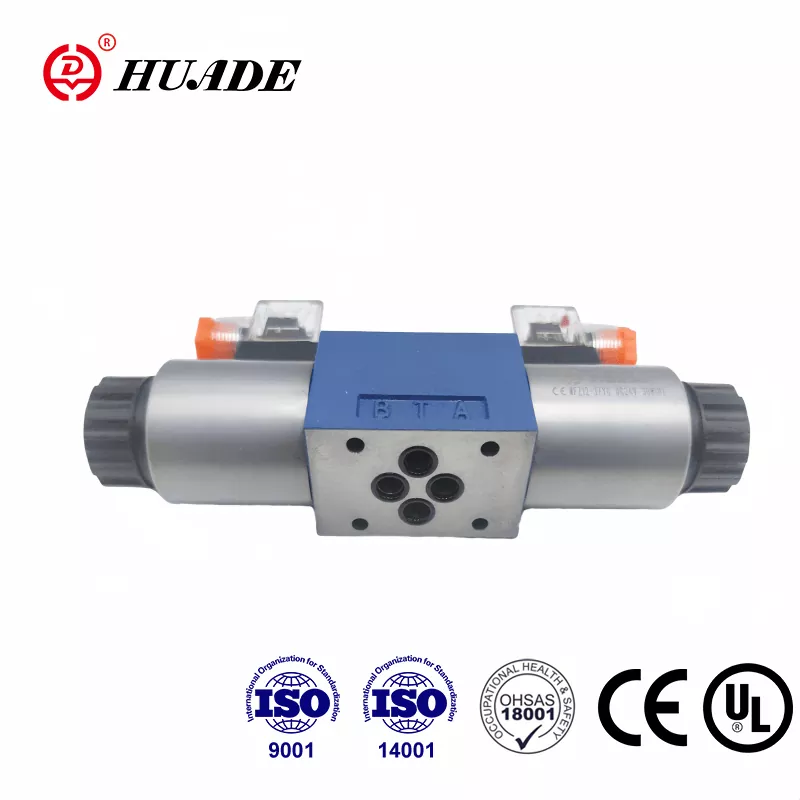What Is a Check Lift Valve?
A check lift valve, also known as a lift check valve, part of the larger check valve family, is a one-way valve that allows fluid to flow in only one direction. Think of it like a door that only opens one way – fluid can push through going forward, but if it tries to flow backward, the valve automatically closes and blocks it.
The "lift" part of the name comes from how it works: when fluid flows forward, it lifts a disc or piston inside the valve. When the flow stops or tries to reverse, gravity or a spring pushes the disc back down to seal the valve shut.
How Do Check Lift Valves Work?
The Basic Operation
Check lift valves work on a simple principle called force balance. Here's what happens:
- Opening: When fluid pressure pushes from upstream (the inlet side), it lifts the valve disc up against gravity and spring force
- Staying Open: As long as forward flow continues, the disc stays lifted and fluid passes through
- Closing: When flow slows down or tries to reverse, the disc drops back down to seal against the valve seat
Key Parts of a Check Lift Valve
Every check lift valve has these main components:
- Valve Body: The outer housing that connects to your pipes
- Valve Disc: The moving part that opens and closes (can be shaped like a piston or ball)
- Valve Seat: The sealing surface where the disc sits when closed
- Guide System: Keeps the disc moving in a straight line
- Spring (optional): Helps the valve close faster and work in any position
Types of Check Lift Valves
Piston-Type vs Ball-Type
Piston-Type Check Lift Valves
- Use a cylindrical disc that moves up and down like a piston
- Great for clean fluids like steam, oil, or chemicals
- Provide excellent sealing for high-pressure systems
- Can get stuck if the fluid has dirt or particles
Ball-Type Check Lift Valves
- Use a round ball as the moving disc
- Better for dirty fluids because the ball can rotate and self-clean
- Work well with thick liquids and slurries
- Common in water treatment and irrigation systems. For lighter-duty applications, consider plastic non-return valves
T-Pattern vs Y-Pattern
T-Pattern (Globe-Style)
- Fluid makes an S-shaped path through the valve
- More compact but creates higher pressure loss
- Good when space is limited
Y-Pattern
- Fluid flows through at an angle (30-45 degrees)
- Less pressure loss means lower energy costs
- Easier to maintain but takes more space
Why Use Check Lift Valves?
Equipment Protection
The main job of check lift valves is protecting your equipment. When pumps shut down, fluid can flow backward and damage pump impellers or motors. Check lift valves stop this reverse flow before it causes expensive repairs. Understanding why check valves are important helps in selection
Preventing Contamination
In water systems, these valves prevent dirty water from flowing back into clean water supplies. This is crucial for public health and safety.
Maintaining System Efficiency
Check lift valves help keep pumps "primed" (filled with fluid), so they don't have to work harder when restarting. This saves energy and reduces wear.
Where Are Check Lift Valves Used?
Power Plants
- Protect boiler feedwater pumps
- Handle high-pressure steam systems
- Use heavy-duty materials like stainless steel with hardened seats
Oil and Gas Industry
- Prevent backflow in pipelines
- Handle corrosive chemicals safely
- Built with special alloys to resist corrosion
Water Treatment
- Keep clean and dirty water separate
- Protect pumping equipment
- Often use ball-type valves that handle particles well
HVAC Systems
- Control refrigerant flow
- Maintain proper water circulation
- Keep heating and cooling systems efficient
Advantages and Disadvantages
Advantages
- Simple and Reliable: Few moving parts mean less maintenance
- Automatic Operation: No electricity or manual control needed
- Strong Sealing: Especially good with piston-type designs
- Handle High Pressure: Can work in extreme conditions
- Fast Response: Spring-loaded versions close quickly
Disadvantages
- Higher Pressure Loss: Especially T-pattern designs can waste energy
- Sensitive to Dirt: Piston types can jam with dirty fluids
- Position Limits: Gravity-only types must be installed correctly
- Water Hammer Risk: Can create shock waves if they close too slowly
Common Problems and Solutions
Water Hammer
Problem: When valves slam shut, they create shock waves that can damage pipes
Solution: Use spring-loaded "silent" check valves that close gently
Chattering
Problem: Valve disc bounces up and down, causing noise and wear
Solutions:
- Make sure the valve isn't too big for your flow
- Install it away from turbulent areas like pump outlets
- Provide straight pipe sections before and after the valve
Leaking
Problem: Fluid flows backward when it shouldn't
Solutions:
- Clean debris from the valve seat
- Replace worn sealing surfaces
- Check if the disc is damaged or warped
How to Choose the Right Check Lift Valve
Consider Your Fluid
- Clean fluids: Use piston-type valves for best sealing
- Dirty fluids: Choose ball-type valves that resist clogging
- Corrosive chemicals: Pick materials that won't corrode
Think About Your System
- High pressure: Piston-type valves handle pressure better
- High flow: Y-pattern designs reduce energy waste
- Limited space: T-pattern valves are more compact
Installation Position
- Horizontal pipes: Standard gravity-operated valves work fine
- Vertical pipes: Need spring-loaded valves or specific designs
- Any angle: Spring-assisted valves offer the most flexibility
Installation and Maintenance Tips
Installation Best Practices
- Follow the Arrow: Always install with the flow arrow pointing in the right direction
- Straight Pipe Sections: Leave at least 5 pipe diameters of straight pipe before the valve and 5-10 diameters after
- Support the Valve: Don't let pipe weight stress the valve connections
Regular Maintenance
- Visual Inspections: Look for leaks, corrosion, or unusual vibration
- Listen for Problems: Chattering or banging sounds indicate issues
- Clean When Needed: Remove debris that could prevent proper sealing
- Follow Manufacturer Guidelines: Each valve type has specific maintenance requirements
Industry Standards and Quality
When buying check lift valves, look for these important standards:
- API 594: Check valve design and testing standards
- ASME B16.34: Pressure and temperature ratings
- API 598: Leakage testing requirements
These standards ensure your valve will work safely and reliably in your application.
Leading Manufacturers
Several companies make high-quality check lift valves:
Yarway brand valves for power plants
Aloyco valves for corrosive applications
Univalve series for oil and gas
Cameron brand for pipeline applications
Cost Considerations
While check lift valves might cost more upfront than swing check valves, they often provide better value because:
- Excellent sealing reduces product loss
- Durable construction means longer life
- Fast closure prevents water hammer damage
- High-pressure capability handles demanding applications
Future Trends
The check lift valve industry is evolving with:
- Better Materials: New alloys resist corrosion better
- Smart Monitoring: Sensors that predict when maintenance is needed
- Energy Efficiency: New designs that reduce pressure loss
- Easier Maintenance: Designs that are simpler to service
Conclusion
Check lift valves are essential components in many industrial systems. While they're more complex than swing check valves, they offer superior sealing and can handle high-pressure applications that other valve types cannot.
The key to success with check lift valves is matching the right design to your specific needs. Consider your fluid properties, system pressures, installation constraints, and maintenance capabilities when making your choice.
Whether you're protecting expensive pump equipment, preventing contamination in water systems, or handling high-pressure steam, check lift valves provide reliable, automatic protection that keeps your systems running safely and efficiently.
Remember: a properly selected and installed check lift valve is an investment that pays for itself by preventing equipment damage, reducing energy costs, and ensuring reliable operation for years to come.


